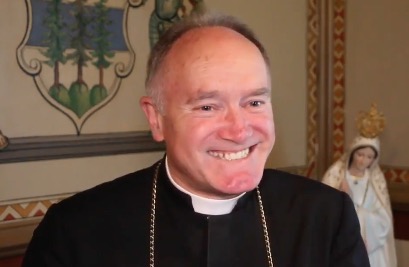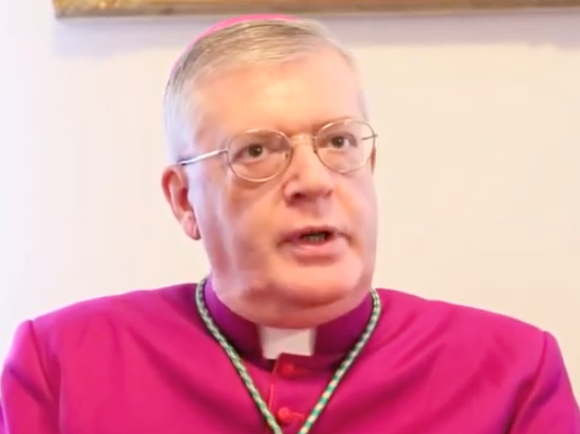

Pius X (SSPX) “has not entirely been successful” and it is necessary to “go back” to what Vatican II required of the Church. One of its founders stated rather bluntly: “I pray very much for my old, good friends to join the Church” (!) and to “come in without any conditions,” but to “accept the authority of the living magisterium.VATICAN CITY - The Vatican’s liturgy chief said this week that Pope Francis issued Traditionis custodes as the effort to reconcile the Society of St. On the other hand, members of the FSSP have not hesitated to fire shots over the years at the wayward parents from whom the children have departed. If he held on to this “last missal” in order to stem the tide of incipient sedevacantism, it sounds a lot to me like a different version of “breaking the unity of Tradition in order to negotiate a purely practical agreement.” Whatever his other magnificent qualities, Archbishop Lefebvre was somewhat naïve about the extent of the damage that had already been done to the liturgy prior to 1962. We might, in fact, turn the tables by noting that it is the “so-called Ecclesia Dei communities” that are recovering the ancient liturgical tradition found in the pre-1955 Holy Week ceremonies and other aspects of the Roman Rite’s earlier traditional practice (e.g., octaves, additional collects, doubling the readings, folded chasubles, proper last Gospels), while the SSPX, as far as I know, continues merrily on with the suppressions and distortions of Pius XII and John XXIII. In fact, everything Catholics believe - including “Christ the King’s right to reign here below over men and over societies,” which is not at all clear in the reformed liturgy - can be directly deduced from the preconciliar Roman liturgy that all “Ecclesia Dei communities” treasure. If the liturgy really is the primary theology of the Church and we truly believe the axiom lex orandi, lex credendi, then maintaining the usus antiquior and the ascetical-mystical spirituality that sustain it is, in practice, already to maintain “the very heart of the Faith and the doctrine of Revelation,” which, incidentally, includes a primacy of honor and jurisdiction on the part of the supreme pontiff. This statement is curious, to say the least. It is deeper, for it touches the very heart of the Faith and the doctrine of Revelation, Christ the King’s right to reign here below over men and over societies. The crisis of the Church cannot be reduced to a spiritual or liturgical question alone. Pius X’s great reproach against Dom Gérard and all those who thought they should break the unity of Tradition in order to negotiate a purely practical agreement. They can have the Mass, the “spiritual and liturgical traditions,” but not the whole doctrine that goes along with them. If they remain attached to a section of the Congregation for the Doctrine of the Faith, it is incidental. One conclusion is evident: as the so-called Ecclesia Dei communities have preserved “their spiritual and liturgical traditions,” they clearly do not count in this discussion. In reaction, the SSPX issued this snubbing statement: We all know about the recent decision to suppress the Pontifical Commission Ecclesia Dei.

SSPX ROME RECONCILIATION 2019 PRO
The Pro Civitate Dei Conference in France, June 7-14.

Pontifical Low Mass and Confirmations in Detroit.Corpus Christi Watershed’s Fourth Sacred Music Sym.Beauty of the Liturgy, Beauty of the Soul: An Essa.FSSP Spanish Immersion Program in Mexico.Guest Article: “The Armenian Liturgy as a Home awa.

Forty Hours in Grand Rapids, Michigan, March 3-5.


 0 kommentar(er)
0 kommentar(er)
